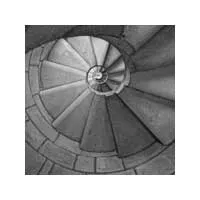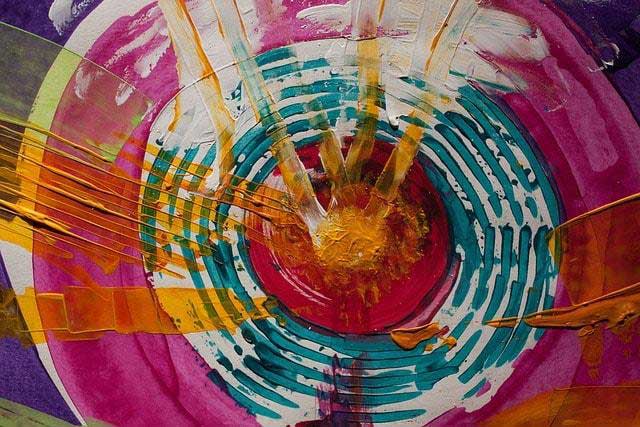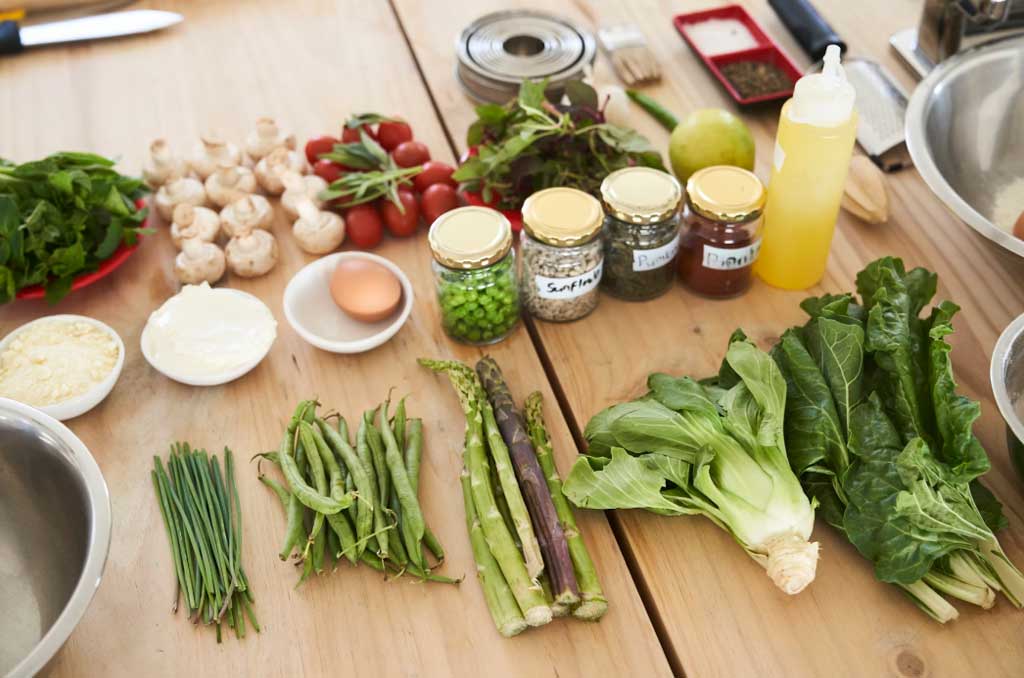Art has always been a mirror to the human experience, reflecting our emotions, culture, and the intricacies of life. In its many forms—from vibrant paintings and intricate sculptures to immersive installations and digital art—creativity offers a unique gateway to healing, introspection, and transformation. In this article, we explore the profound impact that art has on mood and life, delving into scientific studies, personal narratives, and cultural insights that reveal how art can elevate our everyday experiences.
The Emotional Resonance of Art
Art is more than just a visual treat; it’s an emotional language that communicates feelings beyond words. Studies have shown that engaging with art can lead to a reduction in stress and anxiety. When we view a painting that captures the subtle beauty of nature or the raw energy of human expression, our brain releases dopamine—a neurotransmitter associated with pleasure and reward. This natural high from art not only lifts our spirits but also creates a sense of calm and well-being.
Moreover, the act of creating art has been linked to improved mental health. Many therapists now incorporate art therapy into their practices as a way to help patients express their innermost thoughts and feelings. By using colors, shapes, and textures, individuals can articulate experiences that might be too complex or painful to verbalize. In this sense, art becomes a therapeutic outlet, a bridge that connects our subconscious with our conscious understanding.
Art as a Catalyst for Mindfulness
In today’s fast-paced world, mindfulness—the practice of being present in the moment—has become a cherished antidote to stress. Art invites us into a state of mindfulness by encouraging us to focus on the details, emotions, and messages embedded in a piece. Whether it’s the delicate brushstrokes on a canvas or the intricate patterns in a tapestry, art demands our attention and offers a break from the constant distractions of modern life.
Spending time in an art gallery or engaging in creative activities can be a meditative experience. As we absorb the beauty and thoughtfulness of an artwork, our minds can slow down, allowing us to experience a profound sense of clarity and peace. This mindful engagement with art not only improves mood but also enhances our overall quality of life by promoting mental balance and resilience.
The Cultural Connection and Shared Humanity
Art transcends the boundaries of language, geography, and time. It offers us a shared space where different cultures and experiences can converge. Through art, we learn about the histories, struggles, and triumphs of communities around the world. This cultural exchange fosters empathy and understanding, bridging gaps between people from diverse backgrounds.
For example, traditional African masks or Japanese calligraphy not only serve as aesthetic expressions but also carry centuries of cultural significance and collective memory. Experiencing such art allows us to glimpse into the lives of others, broadening our perspectives and deepening our sense of connection with the global community. This shared humanity is essential for building a more compassionate and interconnected world.
The Intersection of Art, Science, and Well-being
The impact of art on mood and life is not just anecdotal; it has also been backed by scientific research. Neuroscientists have found that engaging with art activates several areas of the brain responsible for emotion, memory, and even motor skills. When we observe art, our brains work to decipher the visual cues, context, and symbolism, which in turn stimulates neural activity across various regions.
Additionally, creating art can lead to what scientists call a “flow state,” a psychological condition where individuals become fully immersed in an activity. This state is characterized by a deep sense of focus, creativity, and fulfillment—conditions that have been associated with lower levels of stress and higher levels of satisfaction. The interplay between art, neuroscience, and psychology underscores how deeply art is woven into the fabric of human well-being.
Personal Narratives: How Art Transforms Lives
Many individuals have found solace, purpose, and renewal through their engagement with art. Consider the story of a young artist who, after experiencing a period of intense personal loss, discovered that painting became a form of catharsis. Each brushstroke was a step towards healing, allowing the artist to process grief and gradually rebuild a sense of hope. This narrative is echoed in countless testimonials from people who have turned to art in moments of despair or uncertainty.
Another poignant example is the community mural project that transformed a rundown neighborhood into a vibrant canvas of hope and unity. The project not only beautified the area but also provided a sense of pride and identity for its residents. By involving local artists and community members, the mural served as a collective expression of resilience and renewal, reinforcing the idea that art has the power to shape our environments and, in turn, our lives.
Art in Everyday Life: Finding Inspiration in the Mundane
Incorporating art into our daily routines doesn’t require a trip to a museum or a professional studio. It can be as simple as rearranging your living space with thoughtfully chosen decor, or dedicating a corner of your home to creative pursuits. By infusing our surroundings with artistic elements, we create an environment that nurtures our mood and sparks our imagination.
Many people find that even a brief encounter with art—a striking street mural, a captivating photograph in a magazine, or a well-curated online gallery—can serve as a reminder of the beauty and complexity of life. These moments of artistic connection encourage us to see the world through a different lens, appreciating the subtleties of everyday existence. A visit to an online resource like Musa Art Gallery can be a wonderful way to explore diverse artworks that inspire creativity and introspection.
The Social Impact of Art
Beyond its personal benefits, art plays a crucial role in shaping communities and sparking social change. Public art installations, community exhibits, and collaborative projects create spaces for dialogue and reflection. They invite us to question, celebrate, and challenge societal norms, fostering an inclusive environment where every voice can be heard.
Art has historically been a powerful tool for political expression and social commentary. From the protest songs of the 1960s to contemporary street art that challenges modern injustices, creative expression remains a vital medium for sparking conversations and driving change. By engaging with art, communities can mobilize around shared values and aspirations, turning creative expression into a catalyst for progress.
Economic and Educational Benefits
The influence of art extends beyond emotional and social realms; it also contributes significantly to economic and educational development. Art-related industries provide employment opportunities and stimulate local economies through galleries, festivals, and cultural events. Moreover, integrating art into educational curricula has been shown to enhance critical thinking, problem-solving skills, and emotional intelligence among students.
When art is prioritized in schools, children learn to express themselves in diverse ways, fostering an environment that values creativity and innovation. Educational programs that incorporate art not only enrich academic experiences but also empower students to explore their identities and develop a lifelong appreciation for cultural expression. This investment in the arts is an investment in the future, nurturing a generation capable of creative and compassionate problem-solving.
Art as a Reflection of Life’s Cycles
Art also mirrors the cyclical nature of life. Just as seasons change, art evolves, reflecting shifts in cultural dynamics, societal values, and personal growth. During periods of turmoil, art can provide a sense of stability and hope; in times of joy, it can amplify the celebration of life. This dynamic relationship between art and life ensures that creative expression remains a constant, even as the world around us transforms.
The evolution of art styles and movements—from classical realism to modern abstract art—illustrates how artists continuously push boundaries and explore new frontiers. Each movement carries the imprint of its era, encapsulating the hopes, fears, and dreams of its time. By studying these artistic trends, we gain valuable insights into the human condition and the historical forces that shape our collective consciousness.
Conclusion: Embracing Art for a Fuller Life
Art is not just an accessory to life; it is a fundamental component of the human experience. It has the power to uplift our mood, transform our environments, and connect us with others in profound ways. By embracing art in all its forms, we open ourselves up to a richer, more nuanced understanding of the world.
Whether through the act of creation or the simple joy of observation, art invites us to slow down, reflect, and celebrate life’s complexities. It challenges us to see beauty in unexpected places and encourages us to find meaning even in the midst of chaos. In a world that often feels overwhelming, art offers a sanctuary—a reminder that beauty and hope are always within reach.







